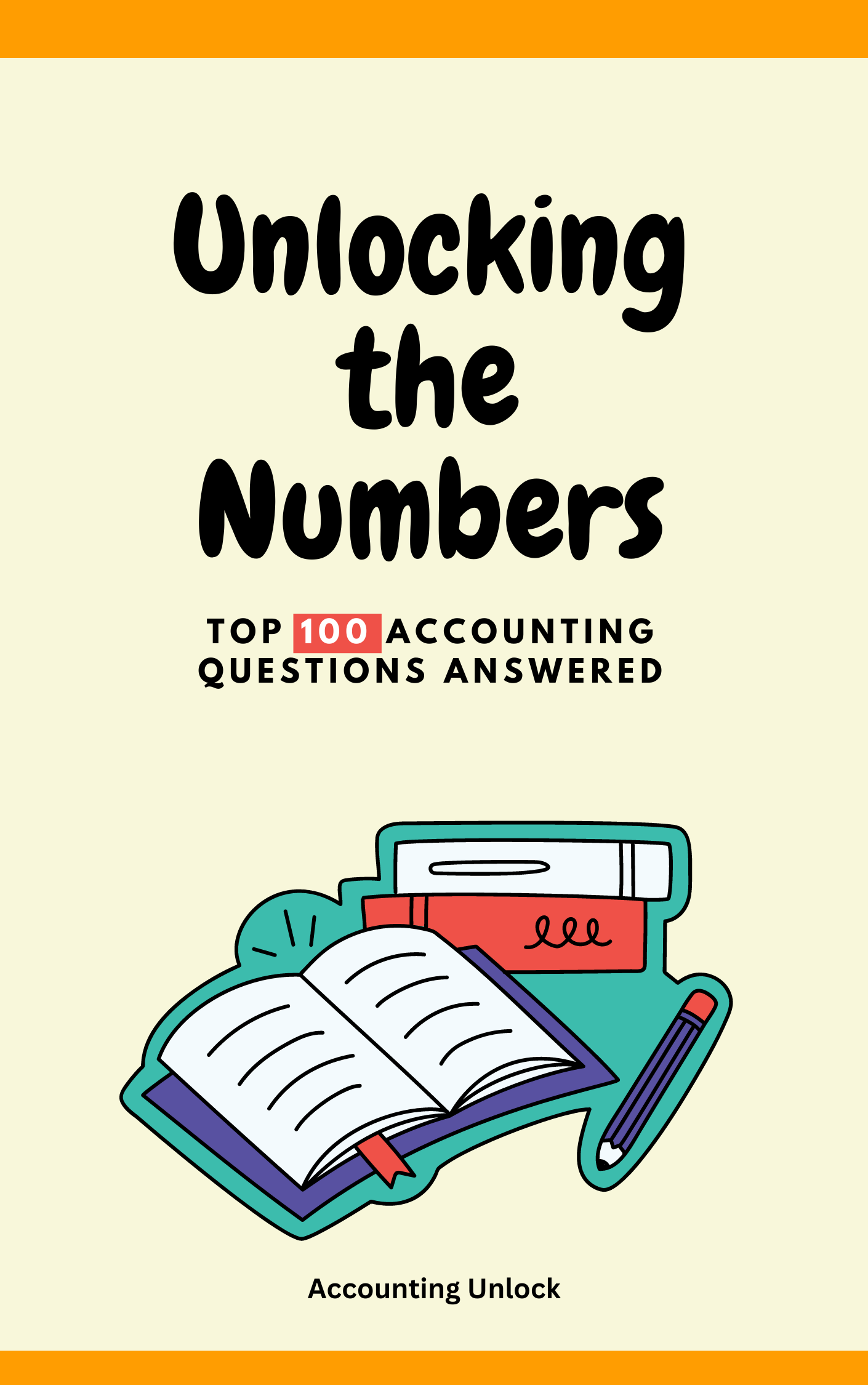What is a Debenture?
A debenture is a type of loan that a big company or a government takes from the public. For example, if a company wants to build a new factory, it might borrow money from people like you and me by issuing debentures. A debenture is a document that promises to pay back the money with interest after a certain period of time.
A debenture is different from a bank loan, because it does not need any collateral or security. Collateral is something valuable that you give to the lender as a guarantee that you will pay back the loan. For example, if you take a car loan, you might have to give the car as collateral. If you don’t pay back the loan, the bank can take the car away from you.
A debenture does not need any collateral, because the people who lend money trust the company or the government that borrows money. They trust that the company or the government will make enough profit or revenue to pay back the loan. They also trust that the company or the government has a good reputation and credit rating. Credit rating is a score that shows how likely someone is to pay back their debts.
Why Do Companies or Governments Issue Debentures?
Companies or governments issue debentures for various reasons, such as:
- To raise money for long-term projects or investments. For example, a company might issue debentures to build a new factory, buy new equipment, or expand its business. A government might issue debentures to build roads, bridges, schools, or hospitals.
- To take advantage of low interest rates. Interest rates are the extra money that you pay or receive when you borrow or lend money. When interest rates are low, it is cheaper to borrow money than to use your own money. For example, if a company can borrow money at 5% interest, but it can earn 10% profit by using the money, it makes sense to issue debentures and borrow money.
- To diversify their sources of funds. Diversify means to have different options or choices. Companies or governments might not want to depend on only one source of funds, such as banks, shareholders, or taxes. They might want to have more options or choices, such as debentures, bonds, or grants. This way, they can reduce their risk and increase their flexibility.
How Do Debentures Work?
Debentures work as follows:
- The company or the government that wants to borrow money decides how much money it needs, how long it wants to borrow, and how much interest it wants to pay. It also decides who can buy the debentures, such as the public, institutions, or foreign investors. It then prepares a contract that specifies all these details, such as the maturity date, the coupon rate, and the terms and conditions. This contract is called an indenture.
- The company or the government then sells the debentures to the people who want to lend money. The people who buy the debentures are called debenture holders or creditors. They pay the face value or the principal amount of the debentures to the company or the government. The face value is the amount of money that the company or the government promises to pay back at the end of the loan period.
- The company or the government then pays interest or coupon payments to the debenture holders at regular intervals, such as every six months or every year. The interest or coupon rate is the percentage of the face value that the company or the government pays as interest. For example, if the face value of a debenture is $1,000 and the coupon rate is 6%, the company or the government pays $60 as interest every year.
- The company or the government then pays back the face value or the principal amount of the debentures to the debenture holders at the end of the loan period or the maturity date. The maturity date is the date when the loan ends and the company or the government has to pay back the money. For example, if the maturity date of a debenture is 10 years, the company or the government pays back $1,000 to the debenture holder after 10 years.
Examples of Debentures
Some examples of debentures are:
- Corporate debentures: These are debentures issued by companies to raise money for their business activities. For example, Apple Inc. issued $14 billion worth of debentures in February 2021 to fund its share buyback and dividend programs.
- Government debentures: These are debentures issued by governments to raise money for their public spending or debt repayment. For example, the U.S. Treasury issued $58 billion worth of debentures in May 2021 to finance the federal budget deficit.
- Convertible debentures: These are debentures that can be converted into shares or stocks of the issuing company at a certain price or ratio. For example, Tesla Inc. issued $1.8 billion worth of convertible debentures in August 2017, which could be converted into Tesla shares at a price of $359.87 per share.
Debentures in Accounting
Debentures in accounting are recorded as liabilities or debts of the issuing company or government. They are classified as long-term liabilities, because they have a maturity date of more than one year. They are also classified as non-current liabilities, because they are not expected to be paid within one year.
The accounting treatment of debentures depends on the type and the features of the debentures. Generally, the following rules apply:
- For non-convertible debentures, the issuing company or government records the face value of the debentures as a liability in the balance sheet, and records the interest or coupon payments as an expense in the income statement. The debenture holders record the face value of the debentures as an asset in the balance sheet, and record the interest or coupon payments as an income in the income statement.
- For convertible debentures, the issuing company or government records the face value of the debentures as a liability in the balance sheet, and records the interest or coupon payments as an expense in the income statement. However, if the debentures are converted into shares or stocks, the issuing company or government reduces the liability by the face value of the debentures, and increases the equity by the same amount. The debenture holders record the face value of the debentures as an asset in the balance sheet, and record the interest or coupon payments as an income in the income statement. However, if the debentures are converted into shares or stocks, the debenture holders reduce the asset by the face value of the debentures, and increase the investment by the same amount.
Summary of Debenture
Here is a list of bullet points that summarize the main points of the term debenture:
- A debenture is a type of loan that a big company or a government takes from the public
- A debenture does not need any collateral or security, because the people who lend money trust the company or the government that borrows money
- A debenture pays interest or coupon payments to the people who lend money, and pays back the face value or the principal amount at the end of the loan period or the maturity date
- A debenture can be issued by companies or governments, and can be convertible or non-convertible
- A debenture is recorded as a liability or a debt in the accounting books of the issuing company or government, and as an asset or an investment in the accounting books of the debenture holders





